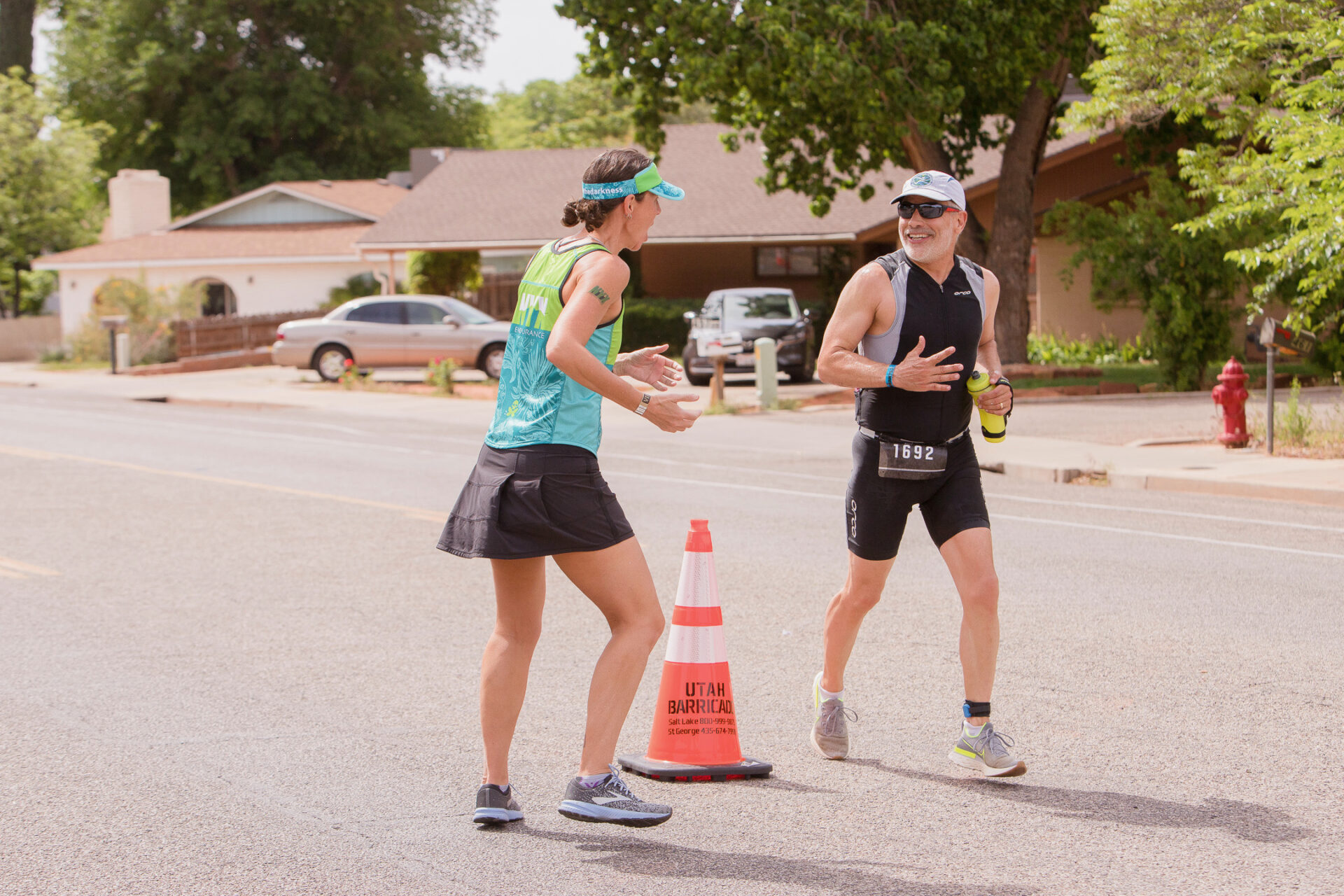Today’s coaches enjoy a greater demand for services and steeper competition for clients. Choose a direction for your business and be patient in getting there.
Today’s coaches enjoy a greater demand for services and steeper competition for clients. Choose a direction for your business and be patient in getting there.





